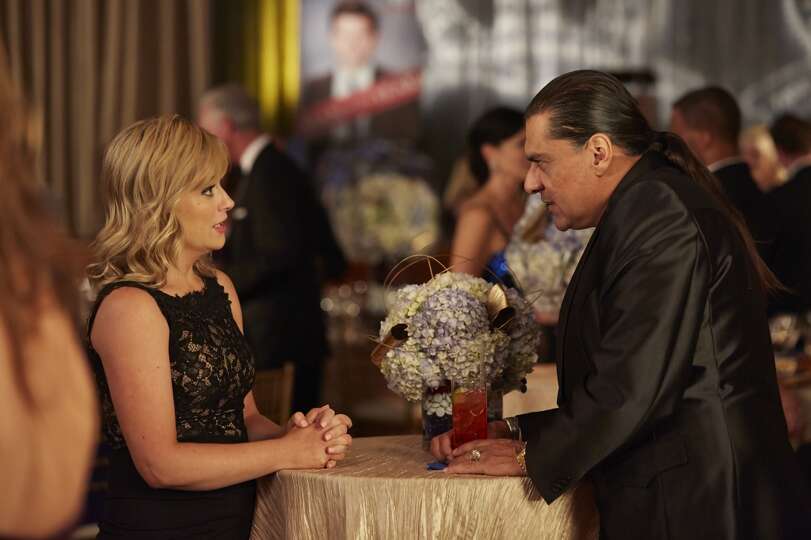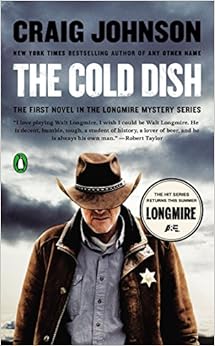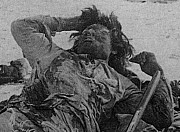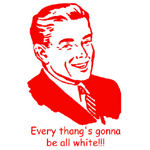A posting about a 1991 Batman comics notes its Native subject matter.
2015 31 Days of Comics–First Comic You Ever Bought
By Brian CroninLuckily, as I noted, I had been reading comics for years at this point, so I was not thrown, because otherwise, beginning with part 3 of a three-parter involving Batman teaming up with an 130-year-old Native American Shaman to stop the man’s grandson from killing people as part of a ritual that involved retrieving ancient Native American relics probably wouldn’t be the place to start reading Batman comic books.Comment: I haven't read this storyline. But based on the page below, it's a mess.
The grandson is wearing a kachina-style mask. That would place him in one of the Pueblo tribes of the Southwest. But they'd consider it sacrilegious to wear a mask for anything but a sacred ceremony.
The grandfather invokes "Manitou" as the grandson tries to kill him with a tomahawk. Both cultural references come from the Eastern Woodlands--the opposite side of the country from the Southwest.
The other Indians are wearing bandanas, which was typical of the traditional Navajo and Apache. These tribes live near the pueblos but aren't Pueblo tribes themselves. And the don't wear bandanas anymore.
For that matter, Indians don't use tomahawks anymore unless they're reenacting their culture in a show. So everything about the story seems flawed. It includes stereotypes from at least three cultures, none of which match.
 The three-parter
The three-parter
ComicVine.com gives a synopsis of the whole story:
Batman #462--Spirit of the Beast, Part 1: To Live and Die in California
Batman found one of Bruce Wayne's friends dying of an axe wound. He followed a lead to San Francisco. He was on the scene when another was attacked, but he couldn't stop it. Native Americans were taking back artifacts that the white man had taken from them.
Batman #463--Spirit of the Beast, Part 2: Ghost
Batman followed another lead into Death Valley. He stopped the Indians from killing one of their own, an elderly blind man. The old man told Batman what was going on. They went after the rogue Indian preparing for a ritual.
Batman #464--Spirit of the Beast, Part 3: Sacrifice
Batman and the old man stopped the ritual and saved the hostages. Batman left him there to die (he was over 130 years old) and went home (taking the man's dog).If the tribe lives in Death Valley, all the cultural references are wrong. Death Valley tribes don't have kachinas, don't invoke Manitou, and don't wear bandanas.
The plot is the oldest cliché in the book. Someone did something bad to the Indians, so a shaman or demon or ghost vows revenge and returns to kill people.
I don't know if there was anything supernatural in this three-parter. Typically the "bad" Indians pretend to be spirits but turn out to be thugs.
I gather the grandfather inspired his grandson to kidnap people and perform deadly rituals. Then the grandfather turned against the cause and was thrown out.
The deadly-ritual part is standard fare, even though it's badly stereotypical. No Indians are performing any rites except the benign ones they've performed for centuries.
Having the grandfather turn against his followers is a slight twist, but probably not enough to justify the story. These stories usually pit a "good" Indian against a "bad" one who's the black sheep of the family.
Bottom line: Unless your story offers some incredible take on the tired "revenge from the past" plot, you probably should avoid it. I doubt Batman #462-464 is an exception to this rule.





















